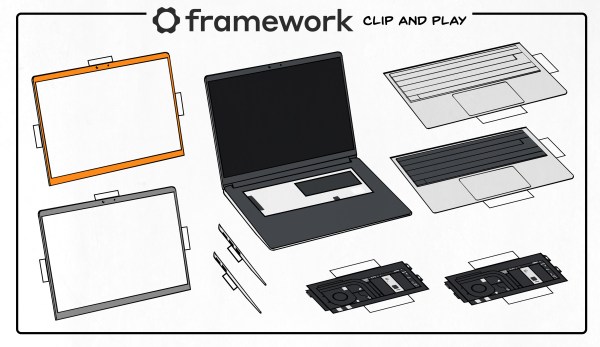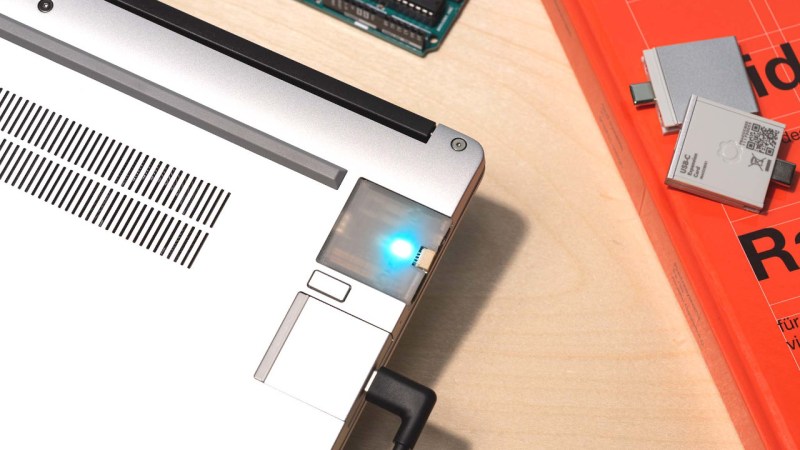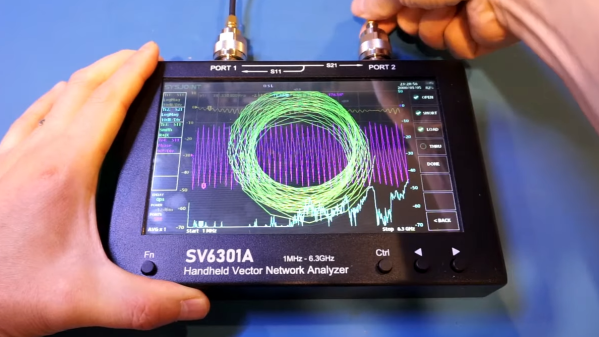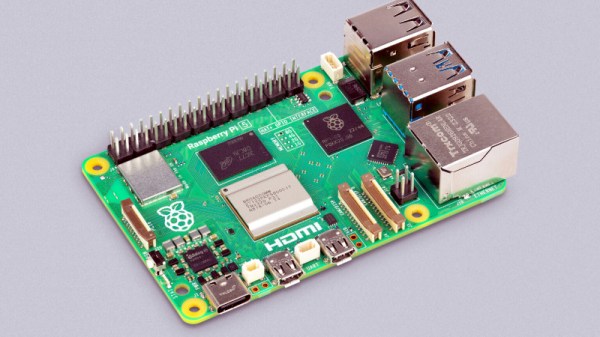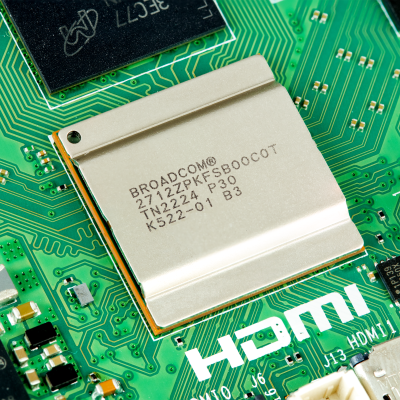With solder fumes from Supercon still in the air, Hackaday’s Elliot Williams and Al Williams met to compare notes about the conference talks, badge hacking, and more. Tom Nardi dropped by, too.
Did you miss Supercon? It isn’t quite the whole experience, but most of the talks are on our YouTube channel, with more coming in the weeks ahead. Check out the live tab for most of the ones up now. You can even watch the badge hacking celebration. We’ll be writing up more in the following weeks.
Al nailed What’s That Sound, as did many others, except Elliot. [Jacx] gets a T-shirt, and you get a chance to play again next week.
The hacks this week range from a pair of posts pertaining to poop — multi-color 3D printer poop, that is. We wondered if you could print rainbow filament instead of a purge tower. The Raspberry Pi 5 draws a lot of excess power when in standby. Turns out, thanks to the Internet, the easy fix for that is already in. Other hacks range from EMI test gear to portable antennas with excursions into AI, biomedical sensors, and retrocomputing.
In the Can’t Miss category, we discussed Maya Posch’s post, which could just as easily be titled: Everything You Ever Wanted to Know about CAT Cable (But Were Afraid to Ask). Last, but not least, you’ll hear about Lewin Day’s round up of exotic gyroscope technology, including some very cool laser pictures.
Check out the links below if you want to follow along, and as always, tell us what you think about this episode in the comments!
Download for listening or for a very long ringtone.
Continue reading “Hackaday Podcast 243: Supercon, Super Printing, And Super Gyros”





